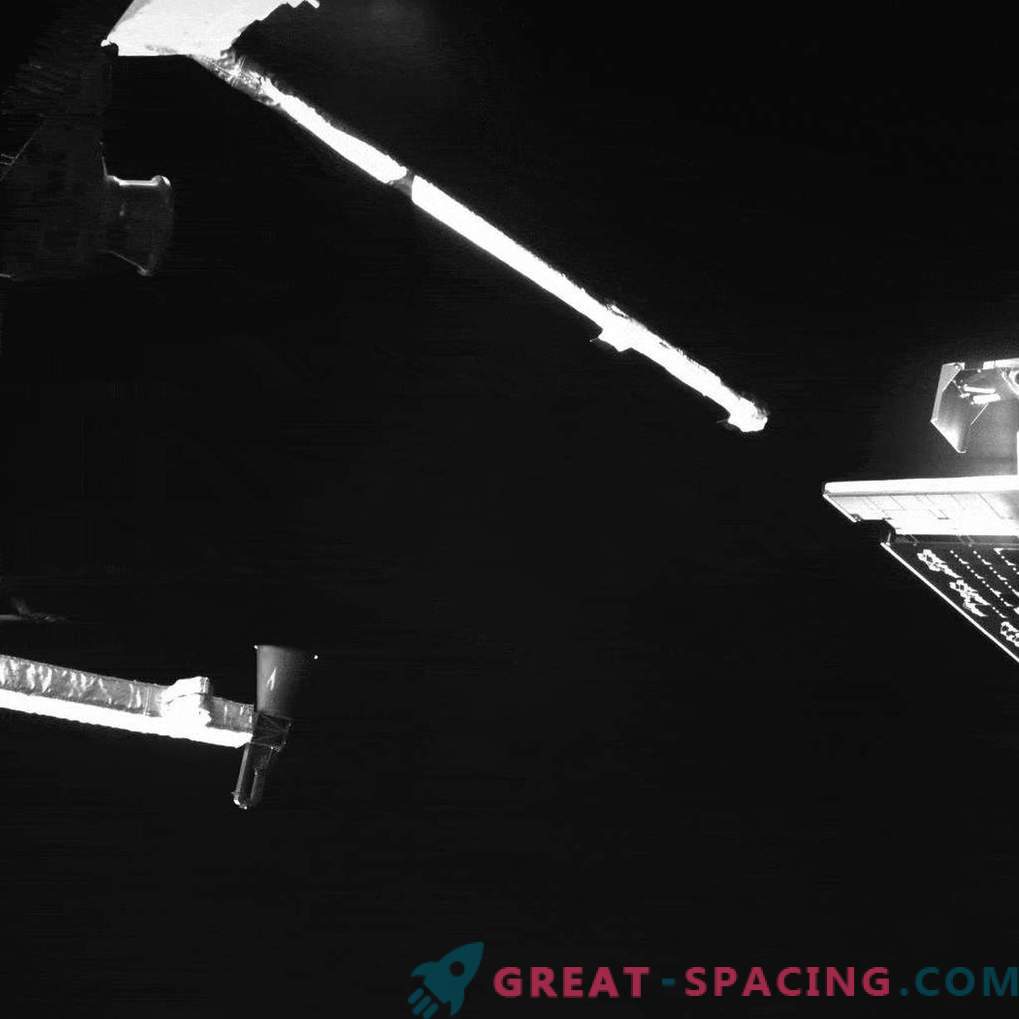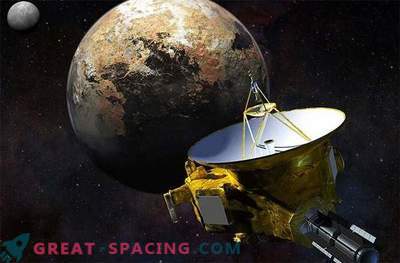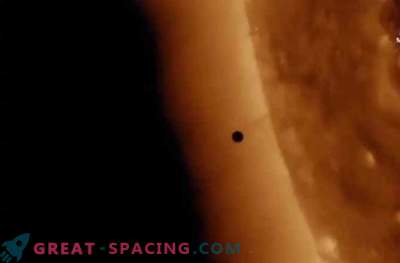
2.5 meter boom with magnetometer sensors on board BepiColombo
The Mercury orbiter BepiColombo successfully deployed the magnetometer sensors. Now they are ready to actively measure the magnetic field on the way to the first planet from the Sun. The unit started from Earth last weekend. On October 30, inspectors conducted an inspection of all systems for operation. Special attention was paid to scientific instruments.
It was important to install a magnetometer. The deployment process took about a minute, and the action itself was recorded in a series of images from one of the surveillance cameras (MTM). The transmitting module is equipped with three surveillance cameras that provide black and white photos with a resolution of 1024 x 1024 pixels. The boom of the magnetometer is visible in M-CAM 2. Images are taken with an exposure of 40 milliseconds, and the time interval between frames is 6 seconds. 11 photos were taken sequentially, and 8 of them are presented here.
Previously, MTM solar wings and MPO antennas were deployed, which was initially confirmed by telemetry. Part of this array is noticeable on the right, and a cone-shaped antenna with gain is located in the lower part of the frame on the left. Surveillance cameras can be used at different times during the 7-year flight phase. The MPO module is equipped with a high-resolution scientific camera to activate at the time of separation near Mercury in 2025. But MTM cameras capture views during the cruise. Upon arrival, the magnetometer will begin measuring the magnetic field of the planet, the interaction of the solar wind, and the formation and dynamics of the magnetosphere (magnetic “bubble”). The spacecraft will allow scientists to examine in detail the dynamic environment of Mercury and understand the evolution and current state of the planet’s magnetic field and its interior.
BepiColombo is a joint project of ESA and the Japanese agency JAXA. It is also the first European mission to explore the smallest first planet from the sun. Two ships will simultaneously perform measurements to get the most complete picture of Mercury.










































